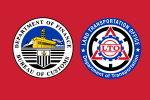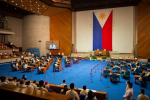More Ride Sharing Apps To Challenge Uber/Grab
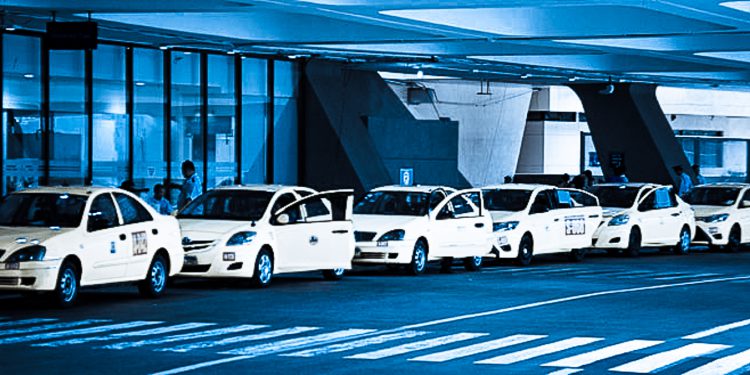
It seems the dominance of Uber and Grab in the ride-sharing app business may come to an end pretty soon. At least two new applications may be coming out very soon and one is already doing business according to Land Transportation and Franchising Regulatory Board (LTFRB) Chairman Martin Delgra.
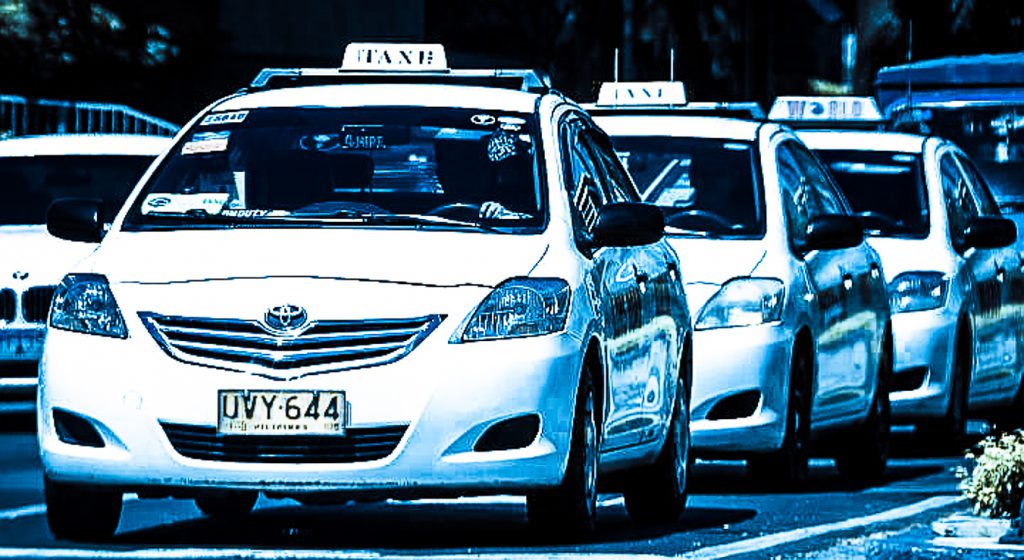
Taxicabs have been experiencing a decline in patrons because of the rise of TNC’s and TNVS’ like Uber and Grab.
Delgra told Autocar in an interview over late breakfast Sunday (November 19, 2017) that the LTFRB is now reviewing two taxi-hailing applications and may approve its operation before the end of the year.
“We have been studying the two applications, MiCab and MyRide, and so far they look very impressive,” Delgra says of the two new apps. He adds that these apps have been used in Davao City on an experimental basis and may now be activated in at least 7 regions nationwide.

LTFRB Chairman Martin Delgra has initiated a project that will allow regular taxicabs to take advantage of the modern age by giving them their ow application, the MiCab and MyRide apps. (photo Ira V. Panganiban)
There are some ingenious security features available in the app, like names and photos of the passengers and the drivers, plate numbers, make and model of the taxi and their case numbers. Added are some features to ensure the safety of both passenger and driver like a video and audio recording by the camera on the mobile phone of the passenger and driver to record what is happening inside the cab during the trip.
“This is to document any and all events inside the taxi, when the driver asks for additional fare, or when there is disagreement between driver and passenger, or when a passenger is unruly. The recording will make it easier to learn what really happened,” says Delgra.
The public vehicle franchise director says the two apps work just like Uber and Grab except that instead of private vehicles, commuters will be hailing taxicabs and there will be booking fees. Delgra says the recommended booking fee is P10, a far cry from 25% from Uber and 20% from Grab.
The booking fee is the revenue that goes to the operator of the app. They can also earn from other program like advertisement on the app itself. This way, Delgra explains, there is no need for the application provider to charge so much from either the driver or the passenger.
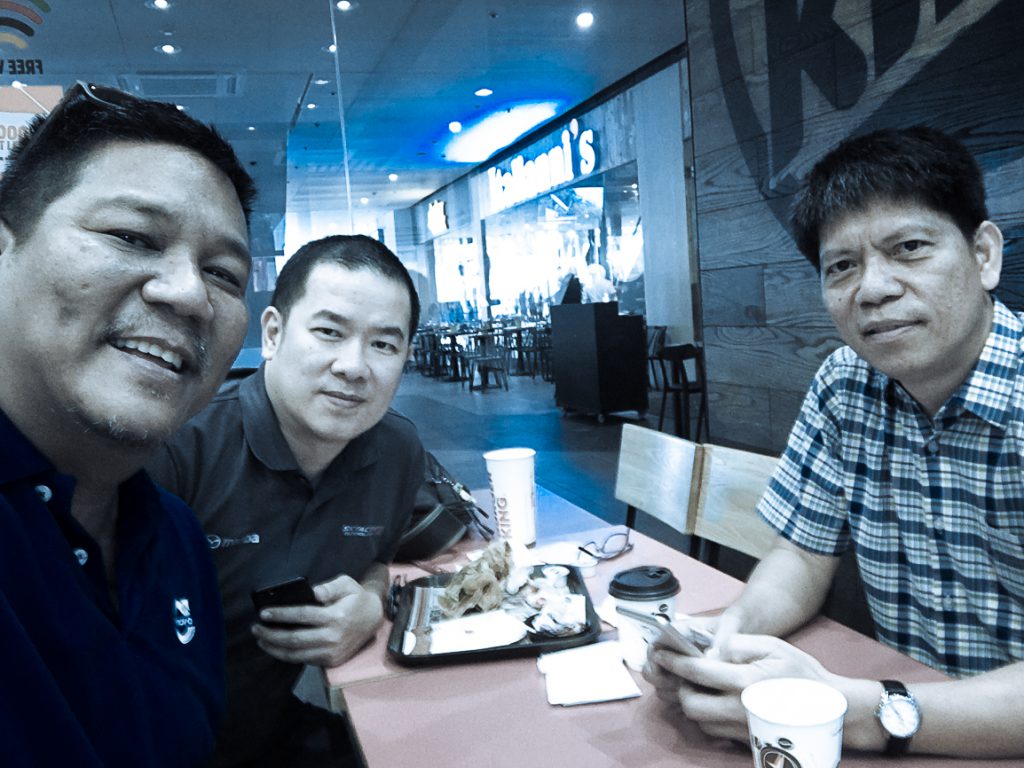
LTFRB Chair Martin Delgra poses with this reporter (left) and colleague Vernon Sarne (middle) for a much needed selfie over breakfast. (photo Ira V. Panganiban)
Also, MiCab and MyRide are plain mobile applications. Unlike Uber and Grab that directly operate vehicles, these two are just apps. The taxis will come from a pool that will come LTFRB approved units who will apply for the privilege.
Delgra said they have made also mandatory to have a feedback mechanism in the app so that passengers can rate or even give impression on the service and drivers including safety, hygiene and cleanliness of the taxicabs.
“We wanted to raise the quality of taxi service in the country because a taxi is the more quantifiable mode of personal transport available to the riding public. It has all the requirements of the law and accountability is set clearly. What the apps want to do is to raise the quality of service the way it did for Uber an Grab without the surge charges and other charges that are hidden from the commuters,” Delgra explains.
Another ride hailing application now available to the public is Arcade City. Based in the USA, Arcade City allows private cars to connect with commuters without the necessity of dictating a rate or price. The driver and the passenger meet and agree on their prices and close the deal.
The thing about Arcade City is that it is merely an app without a local office or headquarters. This means everything is done online removing the local government from the equation. And while it may seem excellent in terms for freedom of transaction, there is no accountability to the process.
Then there is also that application being developed by the group of Metro Manila Taxi Operators. Not wanting to lose out to Uber and Grab, the regular taxi operators have decided to join the fray of Transport Network Companies (TNC’s) and Transport Network Vehicle Services (TNVS) by deploying their own ride hailing app version.
In all these things, what is evident is that the government is simply allowing an open market approach to the issue of mobile ride hailing apps by letting as many players into the game. What this holds for Uber and Grab is unclear at the moment except that their duopoly of the market is about to be broken.
